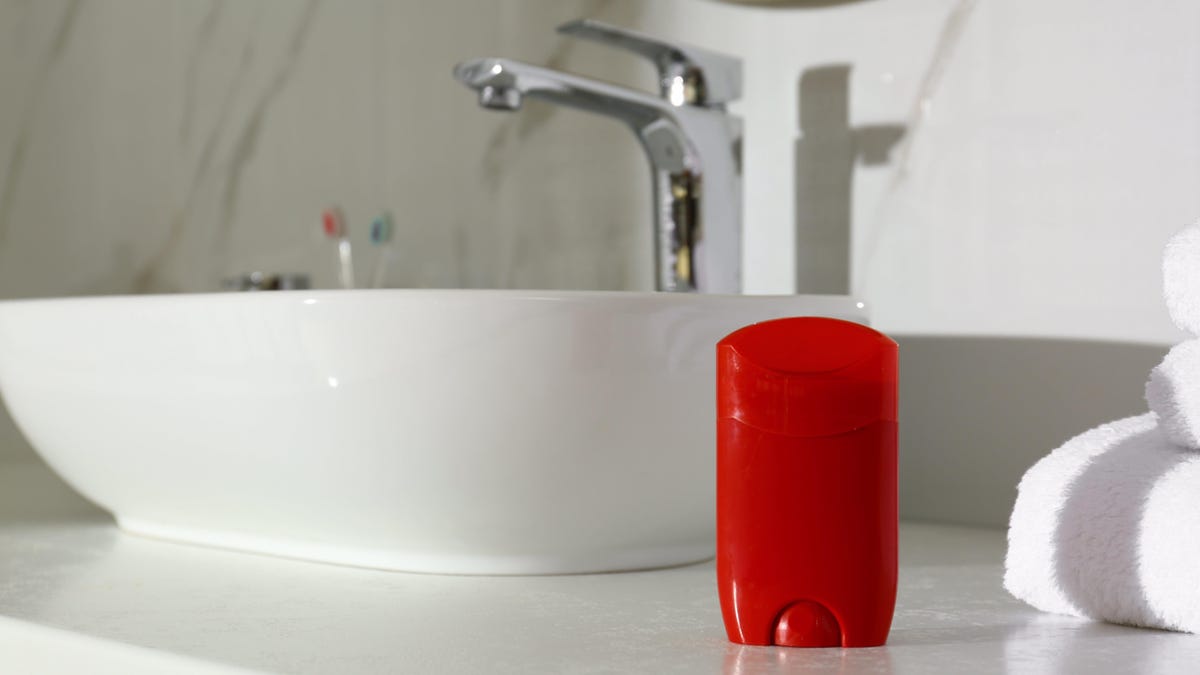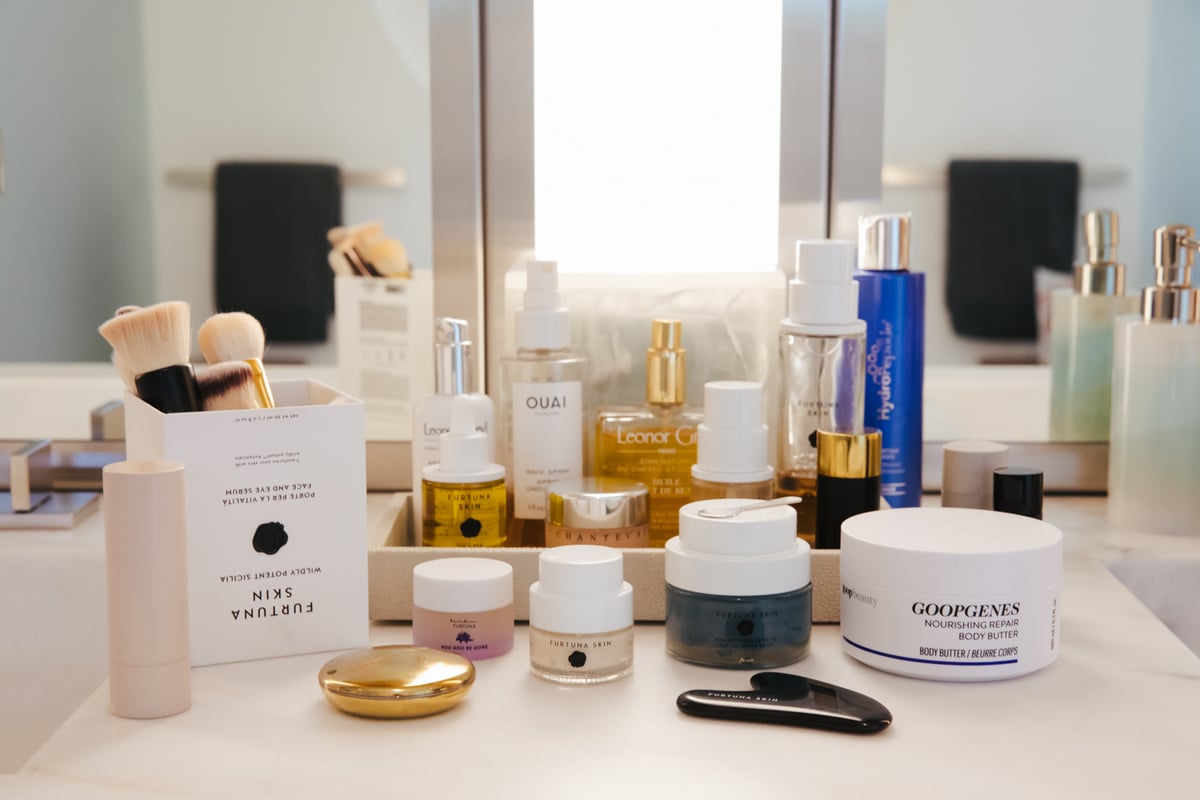How to Work Out in a Crowded Gym Without Being a Dick
We’re still in the busy time of year for gyms. A good chunk of the people who started with new year’s goals are still there, and the regulars who may have stuck to the less-busy times at the beginning...


Photo: Monkey Business Images (Shutterstock)
We’re still in the busy time of year for gyms. A good chunk of the people who started with new year’s goals are still there, and the regulars who may have stuck to the less-busy times at the beginning of the year are getting back to their normal routines. So how do you navigate a crowded gym without getting in anyone’s way—or being a dick to somebody who is innocently getting in your way? Here are some tips.
Respect others’ personal space
Due to the laws of physics and matter and whatnot, you have to put your body in a certain area of space. In a crowded gym, there just aren’t many available areas of space. So you need to pay attention to where you are, and to where others are, while you’re choosing where to work out.
For example: If you’re doing dumbbell lateral raises, which require you to stick your arms out to the sides, make sure you aren’t going to smack somebody in the face in the process. And even if you’re pretty sure you won’t hit the person on the bench next to you, they still might not appreciate your hands flying in front of their face.
So, respect others’ personal space. And respect their line of sight, too. It’s hard to keep track of where everybody’s eyeballs are pointing, but a few basic courtesies are:
Don’t walk between a person and the mirror, if they’re looking in the mirror.Don’t stand right in front of a rack of weights; take a few steps back before you start using those dumbbells. Don’t walk right in front of a person who is doing a barbell lift like a squat or deadlift (people often pick a point in the distance to focus on).Don’t start working out right next to somebody if there is a way to keep a little more distance.Don’t leave your stuff in the way
The rules about personal space apply to your stuff, too. Don’t put your stuff too close to anyone else, and definitely don’t just drop your bag in the middle of the floor. Keep it right next to you, or leave it out of the way by the wall, or tuck it under your bench. If you have more than a few items, consider leaving everything you don’t really need in a locker.
And don’t use benches or other equipment as your personal end table. You can set your water bottle on the bench next to yours if the place isn’t busy, but if those are the only two benches available, put your bottle away so that the second bench can be free for others to use.
Don’t talk to people while they are lifting
Communicating with others is good and important—more about that in a minute—but only before or after they do their set, not during. If you want to grab the 2.5-pound plate that’s hanging on the side of the squat rack, but the lady in the rack is about to start squatting, don’t bug her right now. Wait as long as you need to wait until she’s done; when she re-racks the bar, that’s when you get to say what you need to say.
And yes, you should ask if you have to get very close to someone to take a plate—remember personal space?
Choose the equipment that is least in demand
You have the same right to equipment as anybody else. Don’t ever let the fact that a piece of equipment is usually used by a certain group of people keep you away from it (teenage bros at the bench press station, spandexy fast people on the treadmills, etc).
But you do have a bit of an obligation, when the gym is crowded, to make equipment choices that are considerate of others. If you need a bench for hip thrusts, pick a freestanding bench instead of using the bench press station. If the squat rack is a convenient place to do curls, but others are waiting to do squats, do your curls (or pullups, or rows, or anything that doesn’t need a rack) elsewhere.
Plan your circuits wisely
Circuit training is a time-efficient way to work out: You do one set each of a series of exercises, with little to no rest in between, before eventually returning to the first exercise and doing them all over again.
In an empty gym, your circuits can be anything—a squat in the rack, a set of curls by the mirror, a sprint on the treadmill, a set on the cable machine, and then back to squats. But in a busy gym, you shouldn’t use four things all at once and keep four people waiting for you to finish your whole circuit.
If you decide to do a circuit anyway, be flexible: If you get back to the cable machine and somebody has swapped out the attachment and is doing another exercise on it, don’t get mad at them. Either skip that station, or allow yourself the extra 30 seconds of rest to let them finish their set and see if you can work in (you’ll be quick, promise).
Better yet, set up your circuits differently. Bring a pair of dumbbells to the squat rack so you can move quickly between squats and curls, and just alternate those two movements. Instead of running to the treadmill between sets of cable rows, do jumping jacks nearby. Or ditch the circuits altogether, and stick to one exercise at a time when the gym is busy.
Work in
No matter what, there will be times when you and somebody else both want to use the same equipment. The solution here is working in, otherwise known as taking turns.
There’s a rule here: Whoever was on the equipment first has the right to decide whether or not they will let others work in. That said, if you want to use equipment that’s currently in use, it is your obligation to ask the person if you can work in; it’s not their obligation to read your mind and offer.
Here’s how the conversation typically goes:
Lifter A: “Hey, how many sets ya got left?” Lifter B, counting on fingers: “Uh...six.”Lifter A: “Oh. Um. Do you think I could work in?”At this point, lifter B will either say, “Sure,” and you’re both off to the races, or they’ll say, “Nah, I’d like to finish my sets but you can have it next.”
It is polite, but not required, for Lifter A to stay nearby or to check back periodically; and for Lifter B to inform any further inquirers that Lifter A is also waiting for the equipment. If they are very nice, they will come and find Lifter A to let them know that the equipment is now available.
Use your words
I know, I know, it’s annoying to have to talk to people. But in my estimation, 90% of people’s complaints about others at the gym could be prevented if everybody communicated politely with others.
For example: You’re about to do deadlifts, and somebody plops their bag down on the corner of your platform and starts doing pushups on the floor right in front of you. This is distracting, rude, and potentially unsafe. But maybe pushup guy is just overwhelmed and can’t figure out where else to do pushups. He should have said:
“Mind if I do some pushups here? Oh yeah, oops, I’ll keep my bag out of your way.”
And even if he didn’t, you can still say:
“Hey, I need a little more space here. Would you mind moving your bag while I do my next set?”
In this case, rude pushup guy is in the wrong, but both parties have an opportunity to communicate. When you do, it’s usually not hard to come to an agreement.
And if somebody approaches you about an arguably rude thing you’re doing, don’t get mad. We’re all just trying to share the space here.

 Aliver
Aliver 






























